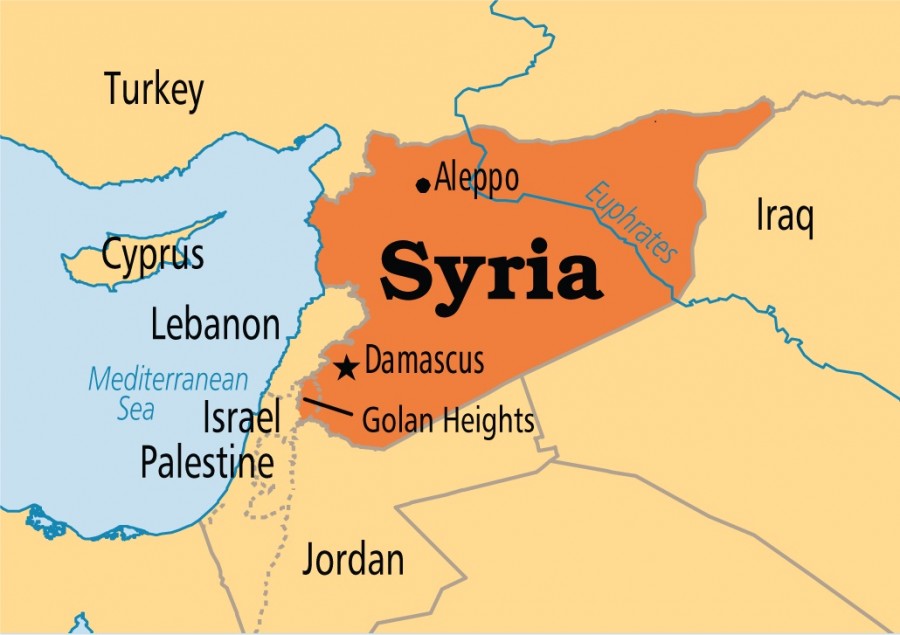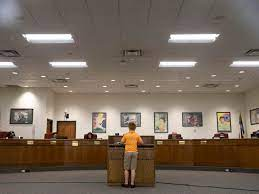Crisis in Syria
Since 2011, the country of Syria has been under intense conflict between the Syrian government and its president Bashar al-Assad with Syrian rebels who oppose them. While al-Assad is president, no political opposition was allowed during the election, and he was almost self-elected. The civil war began when a pro democracy protest went sour, and government security forces opened fire upon the protestors. Since then, the conflict has steadily become increasingly violent, with use of chemical weapons and explosives on both sides, killing civilians in the process.
The Syrian civil war has yielded some 240,000 civilian casualties, and 22 million have been displaced. Countries all over Europe and the United States have opened their doors to receive these refugees but are having trouble receiving all of them. For Hussam Al Roustom, a Syrian refugee living in Jersey City, it took “4 years of fleeing and 15 hours of flying,” and is “one of only 1682 refugees admitted to the United States since Oct. 1, 2014,” according to Liz Robbins of the New York Times. While the community worries about potential security issues, all refugees undergo a rigorous screening process for as long as three years.
In the UK, over 2400 Syrians have arrived since 2014, and each refugee is selected based on specific factors such as medical necessity, women and children, or survivors of violence and torture who suffer PTSD, all decided by a United Nations refugee agency.
The conflict in Syria is a humanitarian crisis nearing the level of World War II, and its effects are felt all over the world. While countries all over Europe open their doors for these refugees, they risk potential threats crossing their borders. With a conflict such as this one lasting for so long, its likely it will last for much longer, a problem the whole world will soon have to face.







